From Spanish Explorers to Your Family's Future: Preserving Crawfordville's Legacy Through Estate Planning
When you drive down Crawfordville Highway, passing familiar landmarks and waving to neighbors, it’s easy to forget that you’re traveling through one of Florida’s most historically significant areas. As a Crawfordville resident and estate planning attorney, I’ve come to appreciate how our local history offers powerful lessons about legacy, preservation, and planning for the future.
Wakulla County: A Legacy Centuries in the Making
Long before Crawfordville became our county seat, Wakulla County’s story was already unfolding. In 1528, Spanish explorer Pánfilo de Narváez became one of the first Europeans to set foot in what would become Wakulla County, camping at the confluence of the Wakulla and St. Marks rivers (Wikipedia, 2025). This moment marks the beginning of our documented history, though Indigenous peoples had called this land home for centuries before.
The Spanish explorer saw potential in our coastal region, noting it would be “a very suitable spot for a fort” (Wikipedia, 2025). Indeed, the strategic location later became Fort San Marcos de Apalache, which you can still visit today at San Marcos de Apalache Historic State Park. The fort’s limestone was later used to build the base of the St. Marks Lighthouse – a perfect example of how one generation’s resources can be repurposed to create something new that serves future generations (Visit Wakulla, 2022).
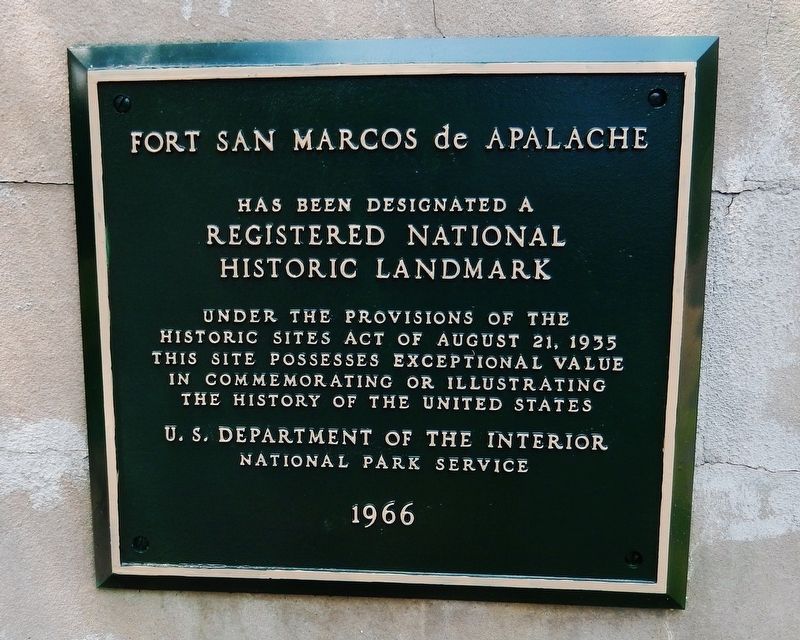
Crawfordville: Named for a Legacy
Our county seat of Crawfordville itself stands as a testament to planning for the future. The town was named in honor of Dr. John L. Crawford, who moved to Wakulla County in 1845 to practice medicine and farm. Dr. Crawford went on to serve in the Florida House of Representatives and Senate and spent 20 years as Florida’s Secretary of State. When the county seat moved from Newport to its current location in 1866, it was named in his honor (FNAI, n.d.).
Dr. Crawford certainly left his mark on our community – his name lives on almost 160 years later. That’s a powerful reminder of the lasting impact our decisions can have, not just on our immediate families, but on entire communities.
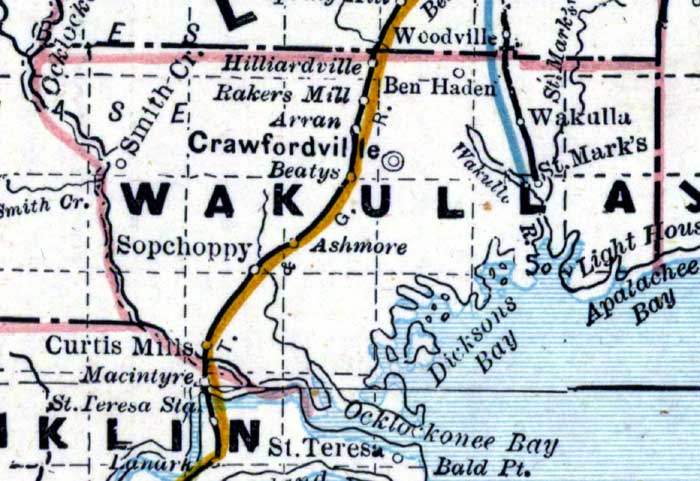
The Wakulla Springs Lodge: Preservation Through Intention
Perhaps no local landmark better illustrates the power of intentional planning than the historic Wakulla Springs Lodge. In 1934, financier Edward Ball purchased Wakulla Springs and the surrounding land with a clear vision for preservation. He designed and constructed the magnificent Lodge that opened in 1937, carefully selecting materials like Tennessee marble and creating architectural elements that still impress visitors today (The Lodge at Wakulla Springs, 2023).
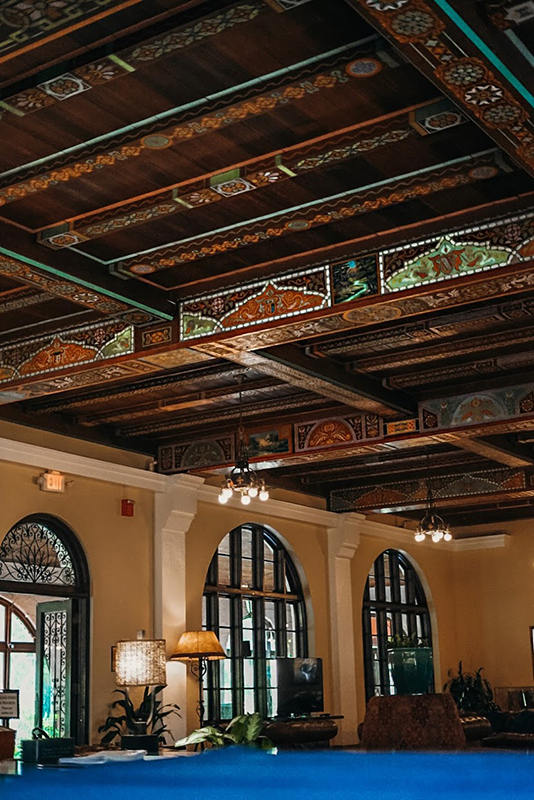
Ball’s intentional planning created something that outlived him. When he passed away in 1981, his foresight ensured the property would continue to serve future generations. The Edward Ball Wildlife Foundation acquired and renovated the Lodge before transferring it to the State of Florida, where it became part of Edward Ball Wakulla Springs State Park (Historic Hotels, n.d.).
Today, visitors can still marvel at the Lodge’s Spanish-style architecture, original Art Deco elevator (the only known working one of its kind), and the intricate ceiling mural depicting Florida wildlife and history (Historic Hotels, n.d.). Ball’s legacy lives on because he had a plan for the preservation of what mattered to him.
Panacea: When Plans Go Awry
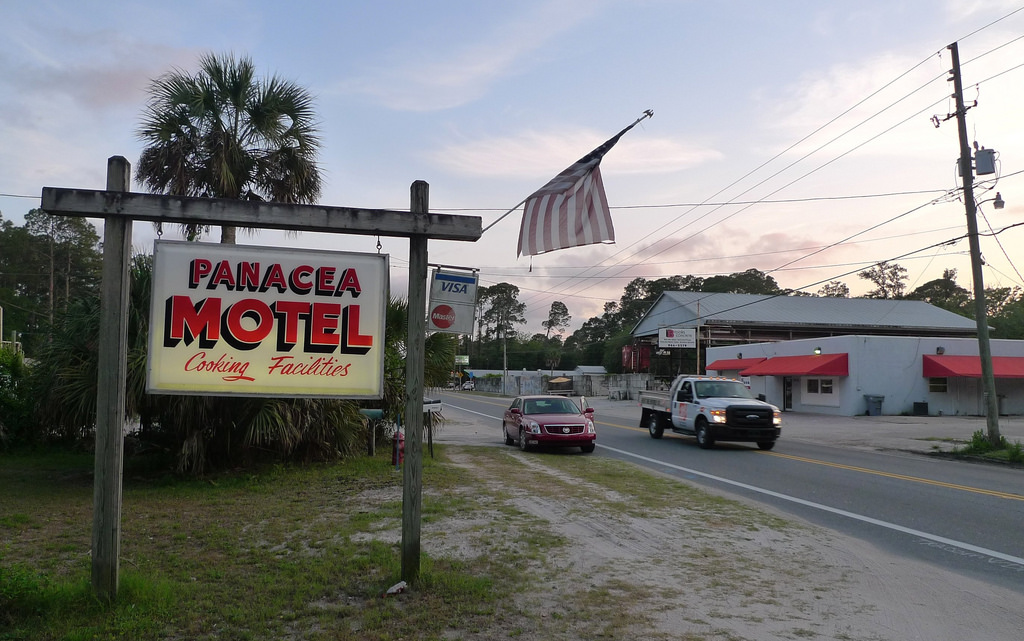
Not all historical plans in Wakulla County proved as durable. The community of Panacea, named after the Greek goddess of universal remedy, was established in 1893 around its mineral springs believed to have healing properties. It once boasted hotels, restaurants, health spas, and boardwalks (Wikipedia, 2025).
The Panacea Mineral Springs Hotel could accommodate 125 guests and drew visitors seeking the “Cure-All” of its natural mineral waters (FNAI, n.d.). Sadly, most of this development was destroyed by a hurricane in 1928, and the Depression soon followed, dealing a severe blow to the local economy (Wikipedia, 2025).
The story of Panacea serves as a sobering reminder that even the best-laid plans can face unexpected challenges. Without proper safeguards and contingency planning, our legacies can be vulnerable to forces beyond our control.
St. Marks Lighthouse: Standing Strong Through Change
The St. Marks Lighthouse, built in 1831 and reconstructed in 1842, offers another powerful lesson in legacy planning. For nearly two centuries, it has weathered hurricanes, erosion, and even war (HMDB, n.d.). During the Civil War, Confederate troops were stationed near the lighthouse, and in 1865, they attempted to blow it up during their retreat to prevent Union forces from using it as a lookout (Explore Southern History, n.d.).
Despite this damage and numerous other challenges over the years, the lighthouse stands today as one of Florida’s oldest light stations. It continues to be one of the most photographed landmarks on Florida’s Big Bend coast, a testament to resilience and careful preservation (Explore Southern History, n.d.).
What This History Teaches Us About Estate Planning
These stories from Wakulla County’s past offer valuable lessons for modern estate planning:
1. Legacy Is About More Than Material Assets
Dr. Crawford’s legacy lives on in the very name of our town, while Edward Ball’s vision is preserved in the Wakulla Springs Lodge. Both remind us that a true legacy encompasses our values, vision, and impact on our community – not just financial assets.
Estate Planning Connection: A comprehensive estate plan can pass on your values, wisdom, and personal history alongside your material possessions. Tools like ethical wills or legacy letters let you share your life lessons and hopes for future generations.
2. Preservation Requires Intentional Planning
The St. Marks Lighthouse has survived nearly two centuries because of ongoing maintenance and care. Similarly, Edward Ball’s detailed vision for the Wakulla Springs Lodge included specific materials and design elements that have stood the test of time.
Estate Planning Connection: Without clear documentation of your wishes, your assets may not be distributed as you intend. A properly structured estate plan gives specific instructions about who receives what and under what conditions – protecting your legacy just as the lighthouse has been protected over generations.
3. Unexpected Events Can Derail Plans
The thriving resort town of Panacea was largely destroyed by a hurricane in 1928, followed by the economic devastation of the Great Depression. Without proper contingency planning, decades of development were lost.
Estate Planning Connection: Life is unpredictable. Incapacity planning through healthcare directives and durable powers of attorney ensures your wishes are followed even if you’re unable to express them. These documents serve as your voice when you cannot speak for yourself – protecting your legacy from unexpected storms.
4. Family Transitions Matter
Wakulla County itself was created from Leon County in 1843, and the county seat moved from Newport to Crawfordville in 1866. These transitions were managed through careful administrative processes.
Estate Planning Connection: Family transitions like marriage, divorce, birth, and death require updates to your estate plan. Regular reviews ensure your documents reflect your current wishes and family situation, preventing confusion or conflict during already emotional times.
Creating Your Crawfordville Legacy
As a Wakulla County resident, you’re part of a rich historical tradition. The decisions you make today about your estate will shape how future generations remember you, just as Dr. Crawford, Edward Ball, and countless others have left their mark on our community.
Whether you’re a fifth-generation oyster harvester with deep roots in Panacea, a newcomer building your dream home in Crawfordville, or a retiree enjoying the natural beauty of Sopchoppy, your estate planning needs are uniquely yours – and uniquely local.
At Wakulla Legacy, we understand the specific needs of Crawfordville families because we’re your neighbors. We offer comprehensive estate planning services, including wills, trusts, powers of attorney, and healthcare directives, all tailored to preserve what matters most to you.
Don’t leave your legacy to chance. Contact us today to schedule a consultation and take the first step toward creating an estate plan as enduring as the St. Marks Lighthouse, as intentional as the Wakulla Springs Lodge, and as meaningful as the name Crawfordville itself.
Sean Gellis is the founder of Wakulla Legacy, a division of Gellis Law, PLLC, serving Crawfordville and surrounding Wakulla County communities. His office is located at 113 S. Monroe St., Tallahassee, FL 32301. For appointments in Crawfordville, call (850) 329-0186 or email [email protected].
This blog post is for informational purposes only and does not constitute legal advice. For specific guidance on your estate planning needs, please contact our office to schedule a consultation.




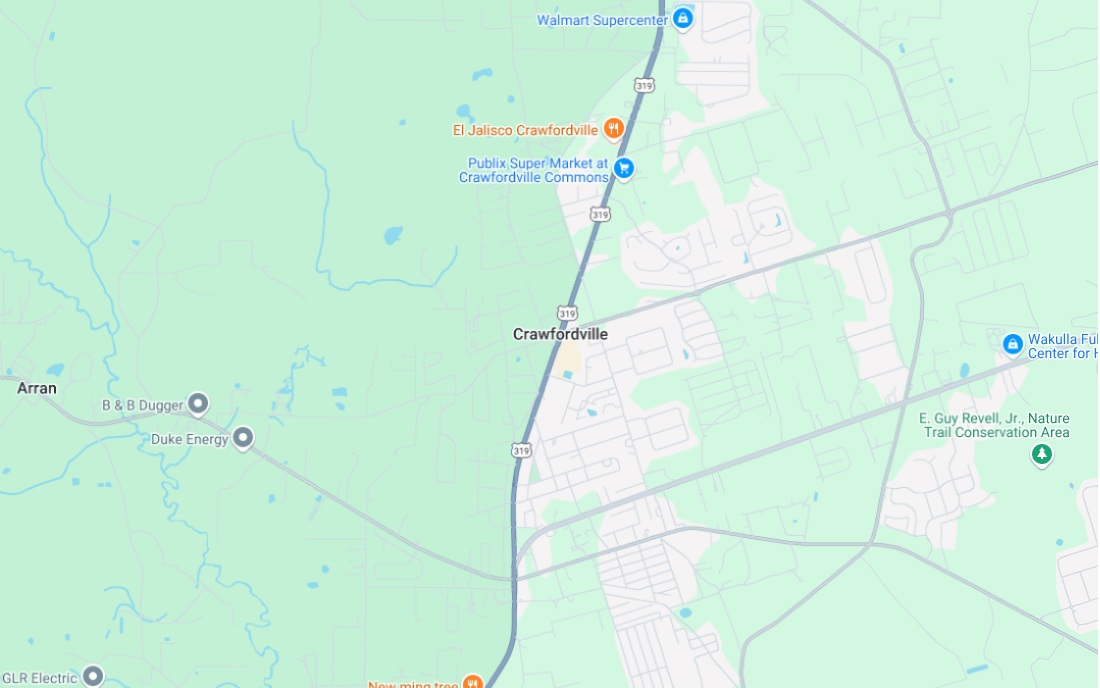
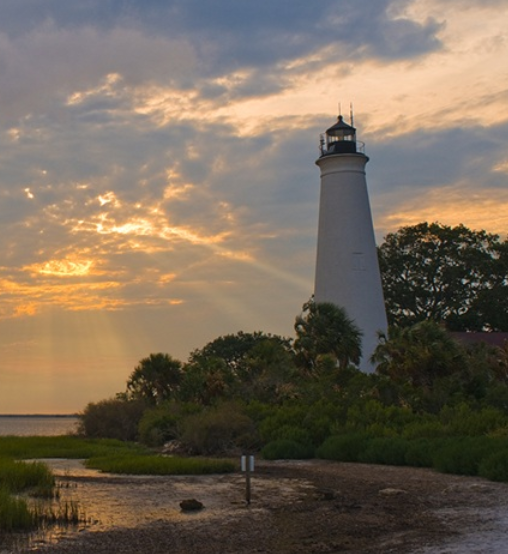
Comments are closed